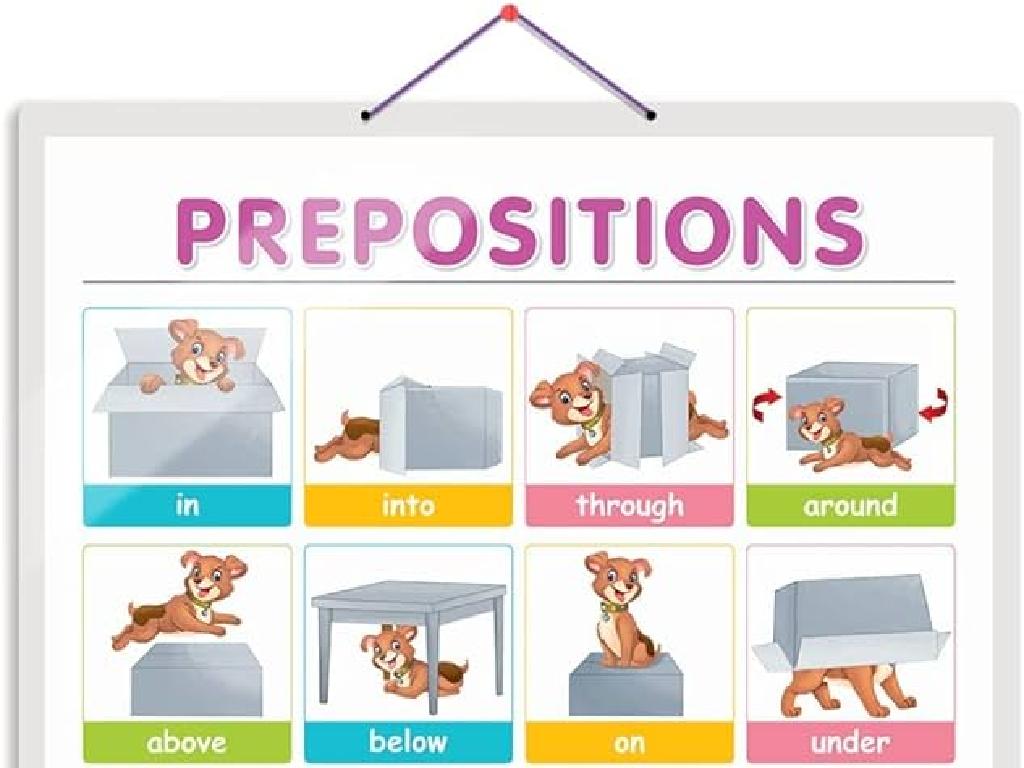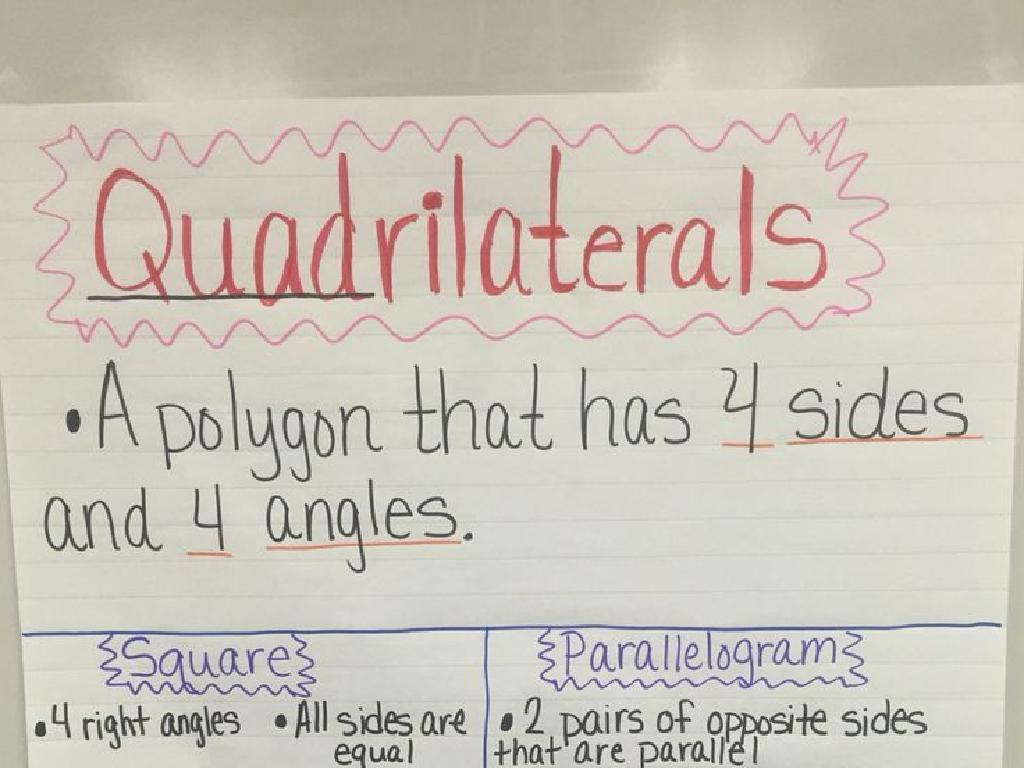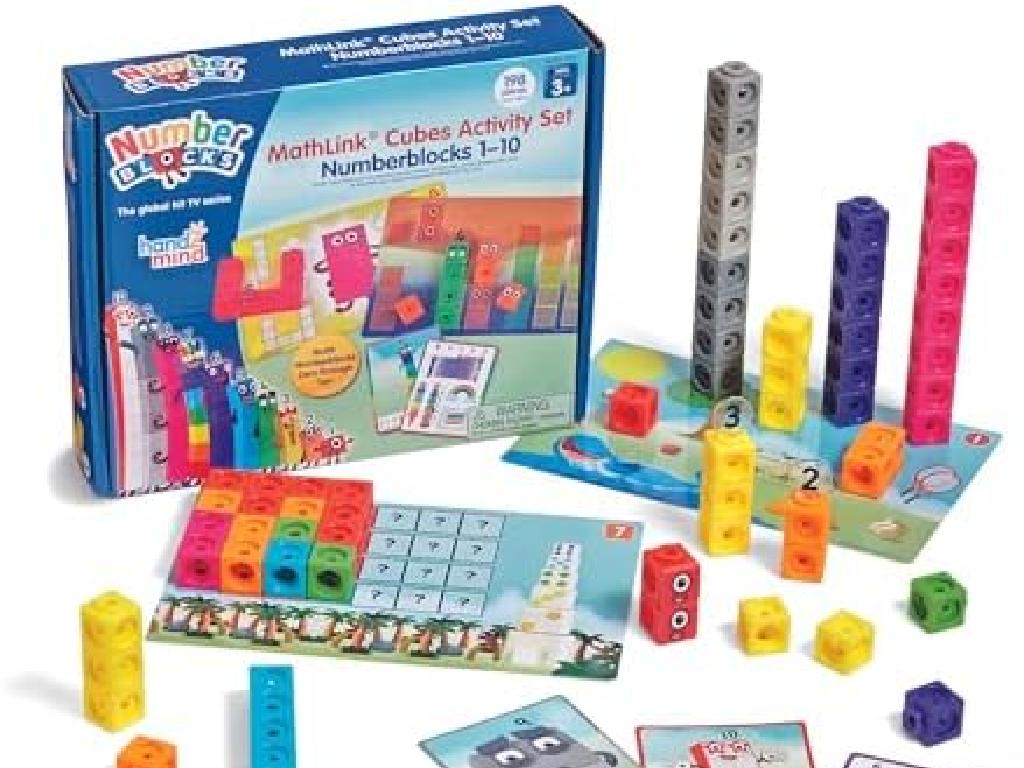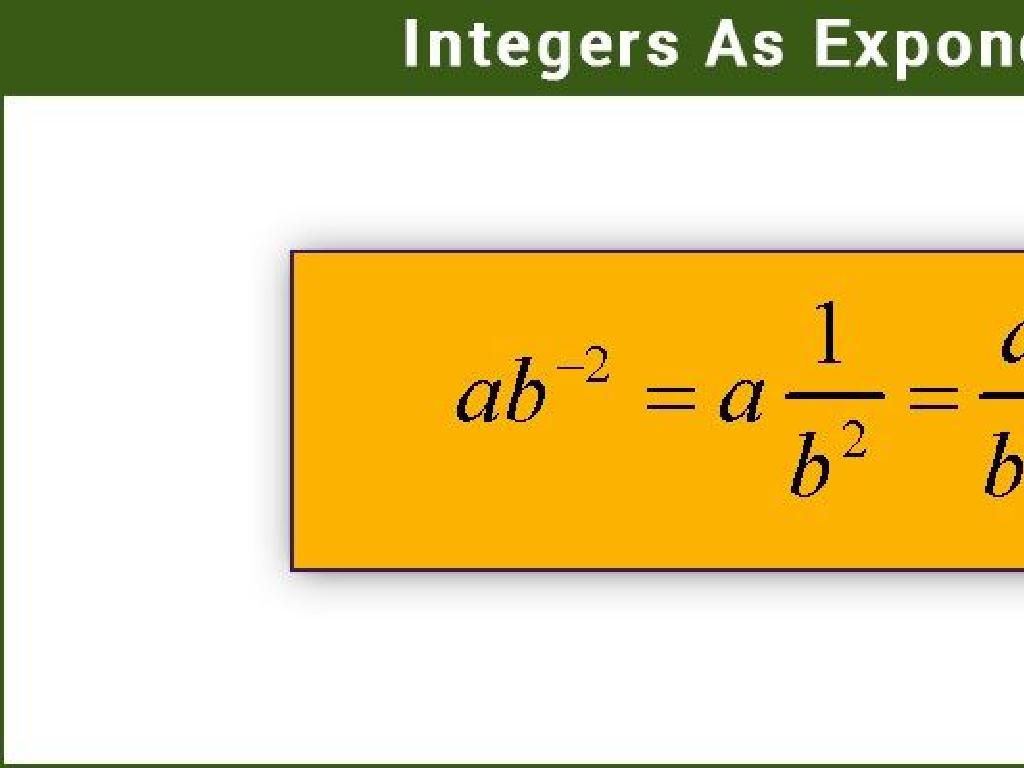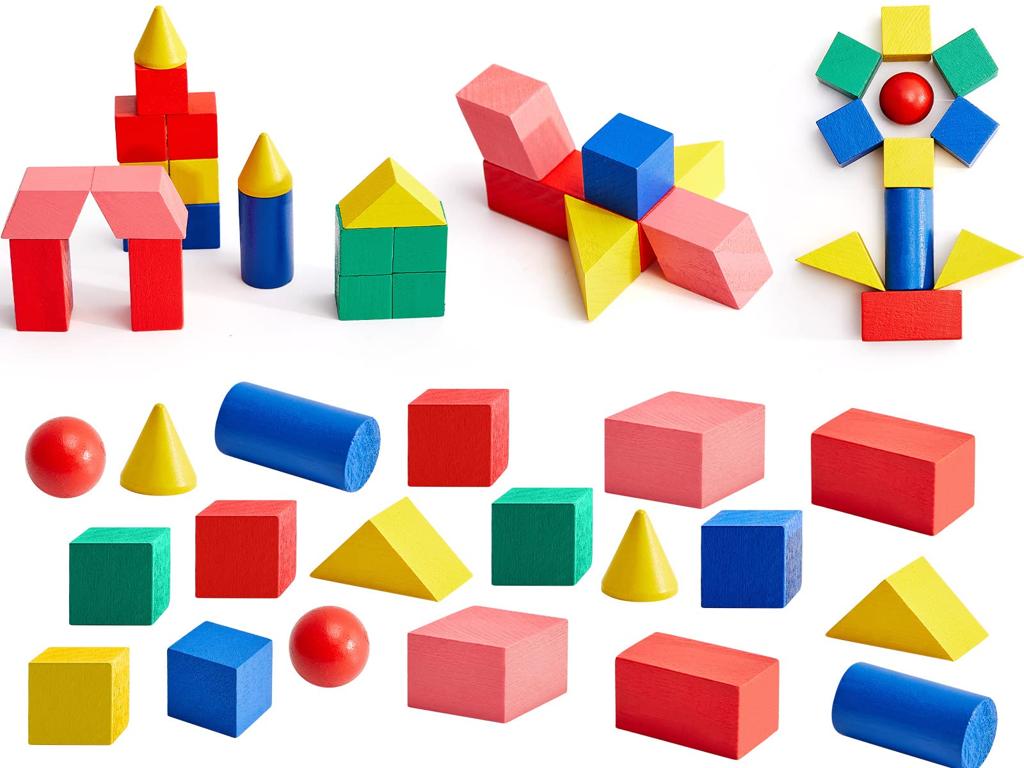Identify The Compound Subject Or Compound Predicate Of A Sentence
Subject: Language arts
Grade: Eighth grade
Topic: Sentences, Fragments, And Run-Ons
Please LOG IN to download the presentation. Access is available to registered users only.
View More Content
Understanding Compound Subjects and Predicates
– Define compound subjects
– A compound subject has two or more subjects joined by a conjunction, e.g., ‘Tom and Jerry run.’
– Define compound predicates
– A compound predicate has two or more verbs or verb phrases joined by a conjunction, e.g., ‘She danced and sang.’
– Importance of sentence structure
– Clear sentence structure improves readability and communication.
– Identifying in sentences
– Practice finding compound elements in example sentences.
|
This slide introduces the concept of compound subjects and predicates as part of understanding sentence structure. Emphasize that a compound subject includes two or more entities performing the same action, while a compound predicate involves one subject performing multiple actions. Discuss why sentence structure is crucial for clear communication, and how understanding these components helps avoid run-on sentences and fragments. Provide students with example sentences and guide them to identify the compound subjects and predicates. Encourage them to create their own examples to solidify their understanding.
Understanding Sentences
– Sentence structure basics
– A sentence combines subjects, predicates, and complete thoughts.
– Components of a sentence
– Subject does the action, predicate is the action.
– Examples of simple sentences
– ‘The cat (subject) purrs (predicate).’ ‘Students (subject) learn (predicate).’
|
This slide introduces the fundamental concept of sentence structure, which is essential for understanding compound subjects and predicates. A sentence is a group of words that contains a subject (who or what the sentence is about) and a predicate (what the subject is doing) and expresses a complete thought. Provide simple examples to illustrate the definition of a sentence. Emphasize the importance of both the subject and predicate in forming a complete sentence. Encourage students to identify subjects and predicates in example sentences to practice recognizing sentence components. This foundational knowledge will be built upon in subsequent slides to explore compound subjects and predicates.
Sentence Structure: Fragments and Run-ons
– Define sentence fragment
– A fragment lacks a subject, verb, or complete thought.
– Explain run-on sentences
– A run-on is two sentences joined without punctuation or conjunction.
– Show examples and non-examples
– ‘Running quickly, jumping high.’ (fragment) vs ‘She runs quickly and jumps high.’ (complete)
– Practice identifying errors
– We’ll identify fragments and run-ons in sample sentences.
|
This slide introduces students to the concepts of sentence fragments and run-on sentences, which are common errors in writing. A sentence fragment is an incomplete sentence that lacks a main clause, missing a subject, a verb, or a complete thought. On the other hand, a run-on sentence occurs when two or more independent clauses are connected improperly without appropriate punctuation or conjunction. Provide clear examples and non-examples to illustrate the difference. The practice activity will involve identifying fragments and run-ons in various sentences, helping students to recognize and correct these errors in their own writing. Encourage students to explain why a fragment or a run-on is incorrect and how it can be revised into a complete sentence.
Understanding Compound Subjects
– Define a compound subject
– A compound subject has two or more subjects sharing the same verb
– Identifying compound subjects
– Look for ‘and’, ‘or’, ‘nor’ connecting subjects in a sentence
– Examples of compound subjects
– ‘Cats and dogs’ in ‘Cats and dogs are pets.’
|
This slide introduces the concept of compound subjects to students. Begin by defining a compound subject as a grammatical construct where two or more individual subjects are joined together by conjunctions such as ‘and’, ‘or’, or ‘nor’ to share the same verb or verbs. Emphasize the importance of recognizing these in sentences to understand subject-verb agreement and ensure grammatical correctness. Provide clear examples, showing the compound subject in context. Encourage students to practice by identifying compound subjects in sentences from their reading material or creating sentences of their own.
Understanding Compound Predicates
– Define compound predicate
– A compound predicate has two or more verbs sharing the same subject
– How to spot compound predicates
– Look for multiple actions or states of being linked to one subject
– Examples of compound predicates
– ‘The dog barked and ran’, ‘barked’ and ‘ran’ form the compound predicate
|
This slide introduces the concept of compound predicates to students. Begin by defining a compound predicate as a part of the sentence that contains two or more verbs or verb phrases that share the same subject and are usually joined by a conjunction. Explain that identifying compound predicates involves looking for multiple actions or states of being that pertain to one subject. Provide clear examples to illustrate compound predicates in action. Encourage students to practice by finding compound predicates in sentences and creating their own examples. This will help them understand sentence structure and improve their writing skills.
Combining Subjects and Predicates
– Crafting sentences with compound elements
– Compound subjects: two or more subjects
– e.g., ‘The cat and dog (subjects) slept.’
– Compound predicates: multiple actions or states
– e.g., ‘The bird (subject) chirped and sang (predicates).’
– Practice with complex sentence structures
|
This slide introduces students to the concept of compound subjects and predicates within sentence structures. A compound subject includes two or more subjects that share the same verb, while a compound predicate includes two or more verbs or verb phrases that share the same subject. Emphasize the importance of understanding these concepts to avoid sentence fragments and run-ons. Provide examples and encourage students to create their own sentences with compound subjects and predicates. In the next class, have students identify compound elements in complex sentences to reinforce their learning and understanding of the topic.
Let’s Practice: Compound Subjects & Predicates
– Identify compound elements in sentences
– Look for subjects joined by ‘and’, ‘or’, ‘nor’
– Group activity: craft sentences
– Combine subjects and verbs to make interesting sentences
– Share and discuss your examples
– Explain your choices to the class
– Understand usage in writing
– Learn how compound elements enhance sentences
|
This slide is designed for a group activity where students will practice identifying and creating sentences with compound subjects and predicates. Begin by explaining that a compound subject includes two or more subjects joined by a conjunction (like ‘and’, ‘or’, ‘nor’) that share the same verb. Similarly, a compound predicate occurs when two or more verbs or verb phrases share the same subject. Divide the class into small groups and have them create sentences that include compound subjects and predicates. Encourage creativity and diversity in sentence construction. After the activity, each group will share their sentences with the class and discuss the compound elements they used. This exercise will help students understand how to construct more complex and varied sentences, enhancing their writing skills.
Class Activity: Crafting Compound Elements
– Pair up and write sentences
– Create 5 with compound subjects
– A compound subject has two or more subjects joined by a conjunction, e.g., ‘Tom and Jerry run fast.’
– Create 5 with compound predicates
– A compound predicate has two or more verbs or verb phrases joined by a conjunction, e.g., ‘She sings and dances.’
– Share your sentences in class
|
This activity is designed to reinforce the concept of compound subjects and predicates. By working in pairs, students can collaborate and discuss their ideas, enhancing their understanding. Encourage creativity and the use of conjunctions such as ‘and’, ‘or’, and ‘but’ to link subjects and predicates. After writing, each pair will share their sentences, providing an opportunity for peer learning. As a teacher, listen to the sentences and provide feedback, ensuring that students can identify and correctly use compound subjects and predicates. Possible variations of the activity could include creating complex sentences, identifying compound elements in literature, or even a friendly competition to see which pair can come up with the most creative sentences.
Review and Homework: Compound Elements in Sentences
– Recap today’s key lessons
– Homework: Craft a short story
– Use creativity to write an engaging narrative
– Include 5 compound subjects
– A compound subject has two or more subjects joined by a conjunction
– Include 5 compound predicates
– A compound predicate has two or more verbs or verb phrases connected by a conjunction
|
As a review, go over the main points of identifying compound subjects and predicates in sentences. For homework, students are tasked with writing a short story that creatively incorporates at least five compound subjects and five compound predicates. This will help reinforce their understanding of the lesson. Encourage students to think about characters or actions that naturally lend themselves to compound constructions. Provide examples such as ‘The dog and cat raced through the yard and leaped over the fence’ to illustrate how compound subjects and predicates function within a narrative. Remind students to use conjunctions such as ‘and’, ‘or’, and ‘but’ to link their subjects and predicates. This exercise will also enhance their ability to write complex and varied sentences, improving their overall writing skills.

